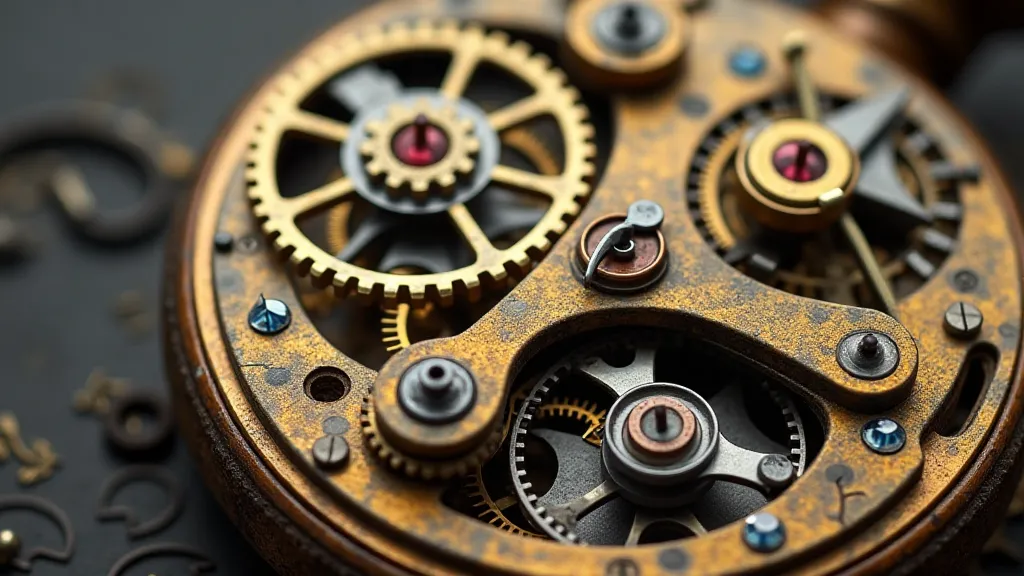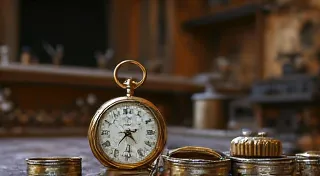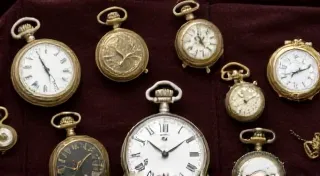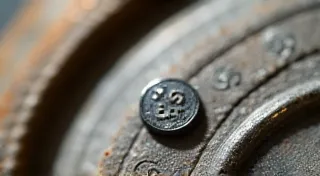The Role of Pocket Watches in Victorian Society
The Victorian era (1837-1901) witnessed a profound shift in societal values, technological advancements, and the very perception of time. And at the heart of this transformation lay the pocket watch. More than mere timekeeping devices, pocket watches became powerful symbols of status, elegance, and burgeoning industrial progress. This article delves into the fascinating role these intricate machines played in Victorian society.
From Utility to Ornament: The Rise of Pocket Watch Popularity
While pocket watches had existed prior to the Victorian era, their proliferation and refinement truly blossomed during this period. The Industrial Revolution fueled advancements in manufacturing, making them more accessible to a broader segment of the population. Previously, timekeeping was largely the domain of public clocks and sundials, or expensive, custom-made pieces for the wealthy. Suddenly, a respectable gentleman—and even some ladies—could afford a pocket watch, marking a significant step towards personal time management and a demonstration of personal refinement.
Early Victorian pocket watches were often large and utilitarian, focusing on functionality over aesthetics. However, as the era progressed, watchmakers began incorporating elaborate designs and precious materials. Intricate engravings, enamel work, and the use of gold and silver transformed the pocket watch from a practical tool into a treasured heirloom.
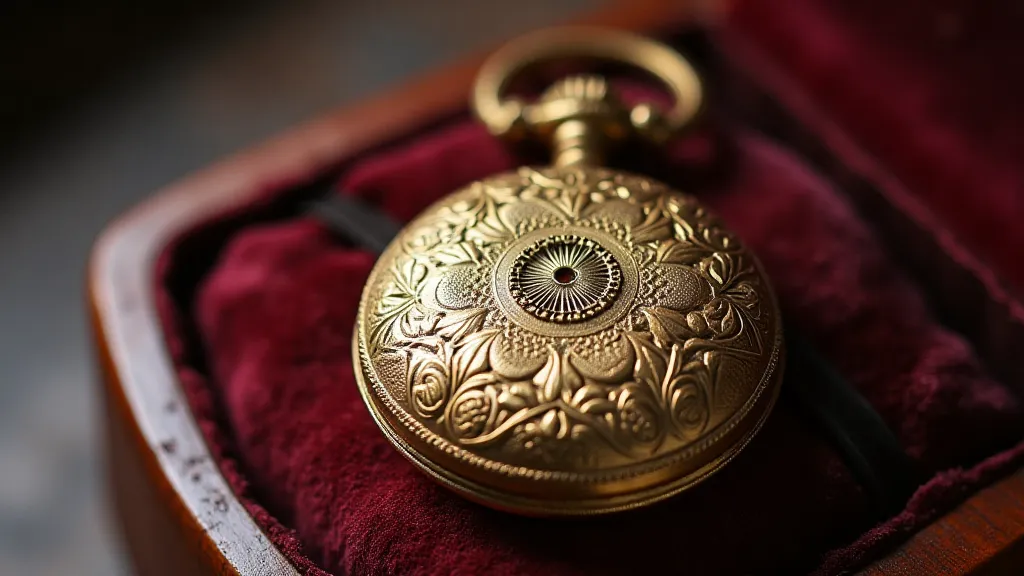
Pocket Watches as Status Symbols
In Victorian society, a man’s pocket watch was more than just a timepiece; it was a visible declaration of his social standing and respectability. The quality of the watch, its materials, and its craftsmanship all contributed to the message it conveyed. A gold-cased watch with a hunter case (a protective cover over the watch face) signaled wealth and sophistication, while a simpler, silver-cased watch might be more common among the middle class.
The chain attached to the pocket watch was also significant. Longer, ornate chains crafted from gold or silver indicated greater wealth, often displaying charms or fobs – small decorative items attached to the chain. These fobs could include personal mementos, seals, or even miniature tools, further emphasizing the owner's individuality and status. Ladies often carried pocket watches attached to elegant chains or ribbons, echoing the gentlemen's style and indicating their own refinement and independence.
The Mechanics of Time and Social Order
The increased accuracy and reliability of pocket watches during the Victorian era had a broader impact on society. Precise timekeeping was crucial for the burgeoning railway system, the factory system, and the increasingly complex world of commerce. Punctuality became a virtue, reflecting discipline and professionalism.
The ability to track time meticulously also influenced the rhythm of daily life, leading to a heightened awareness of schedules and deadlines. While this fostered efficiency, it also contributed to a sense of structure and order that was characteristic of the Victorian era. The constant ticking of a pocket watch served as a constant reminder of the passing of time and the importance of making the most of it.

The Legacy of Victorian Pocket Watches
The Victorian era’s fascination with pocket watches has left a lasting legacy. These intricate timepieces continue to be treasured by collectors and enthusiasts worldwide. They represent not only a remarkable achievement in horological engineering but also a fascinating window into a bygone era—an era defined by industrial progress, social hierarchy, and a profound respect for the delicate machinery that measured the passage of time. The meticulous craftsmanship and elegant designs of Victorian pocket watches remain a testament to the ingenuity and artistry of the 19th century.
